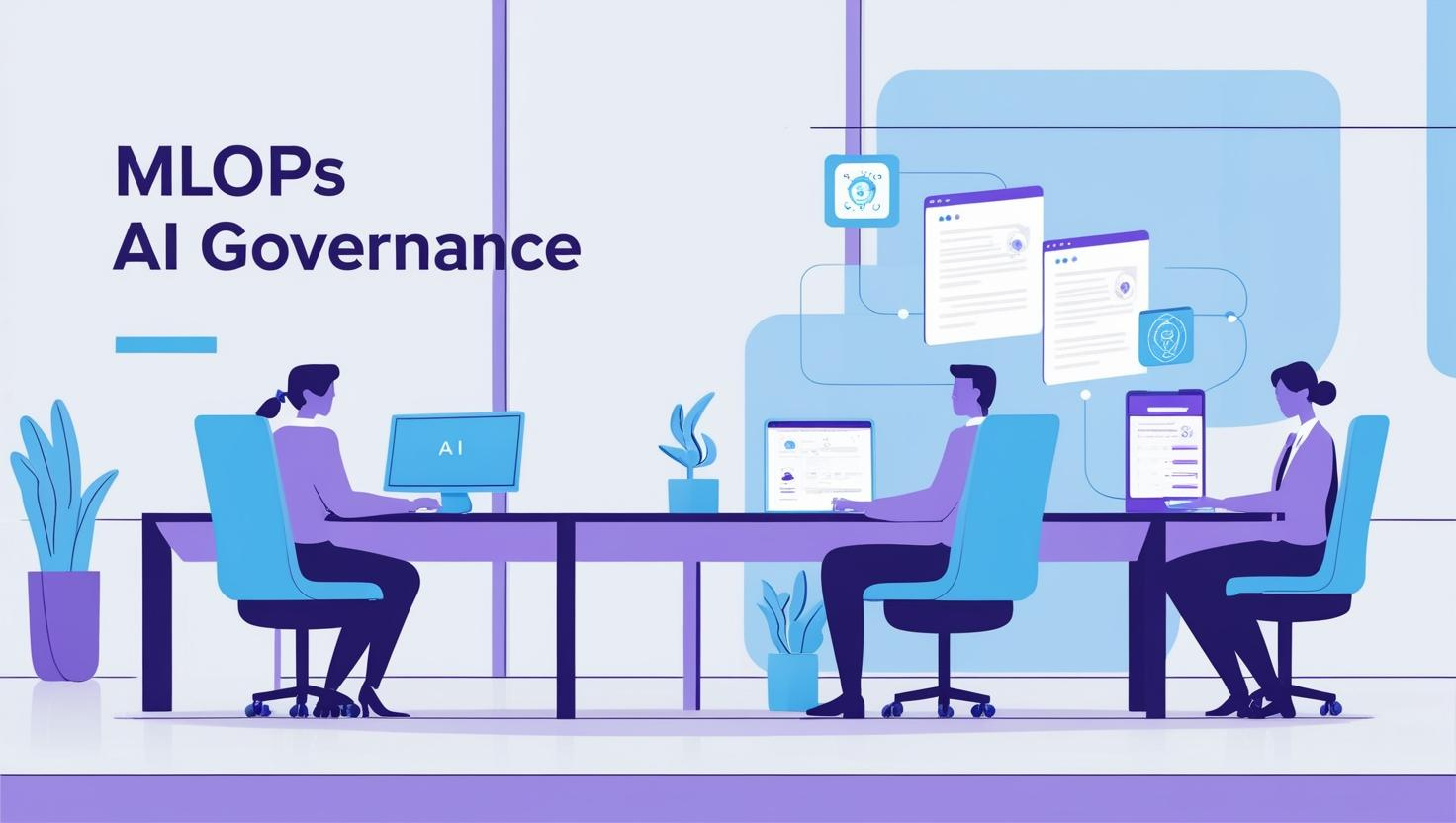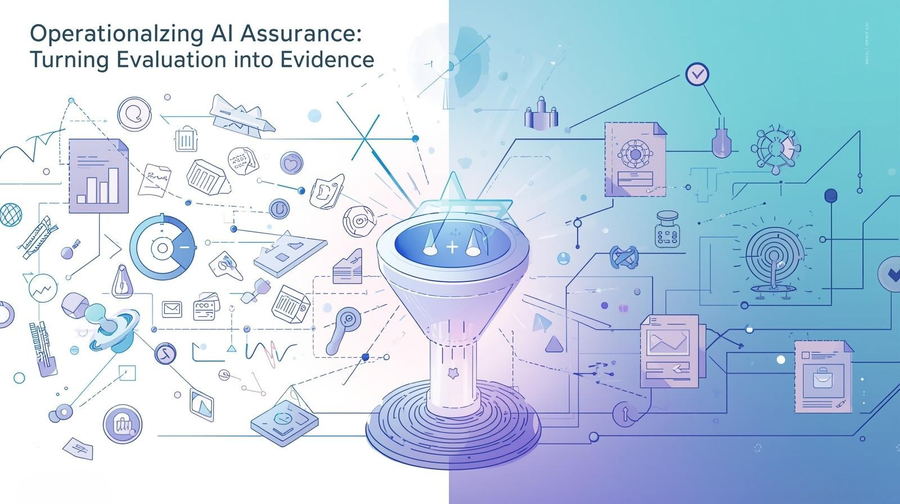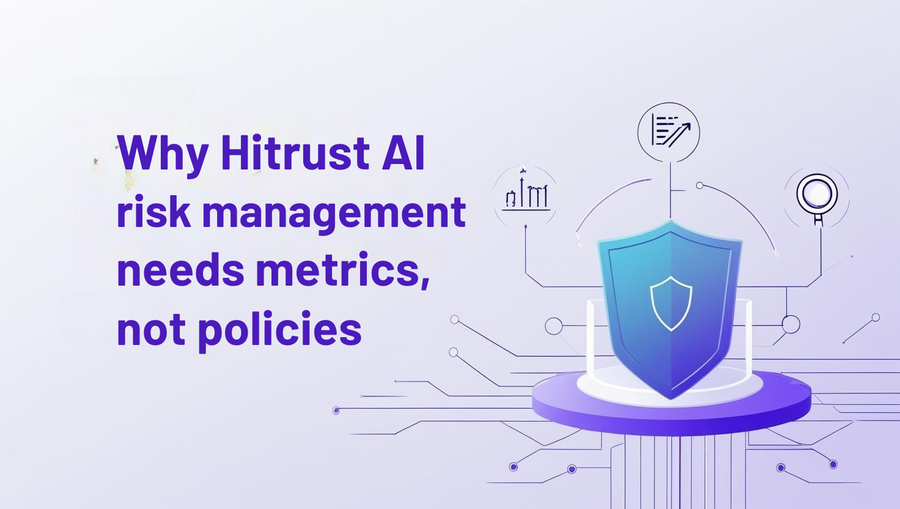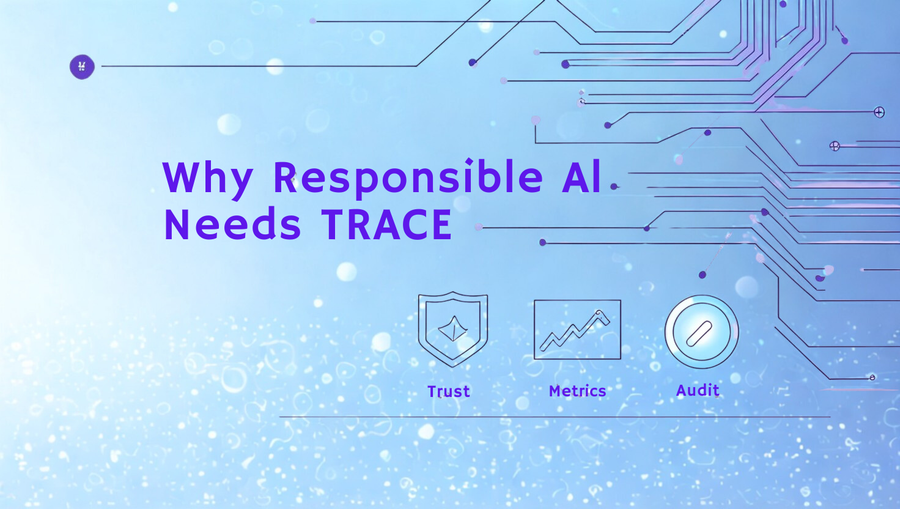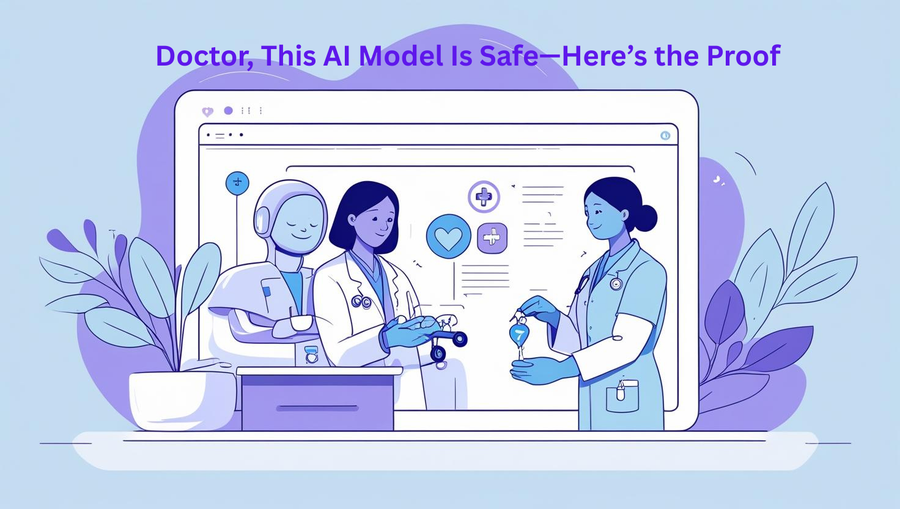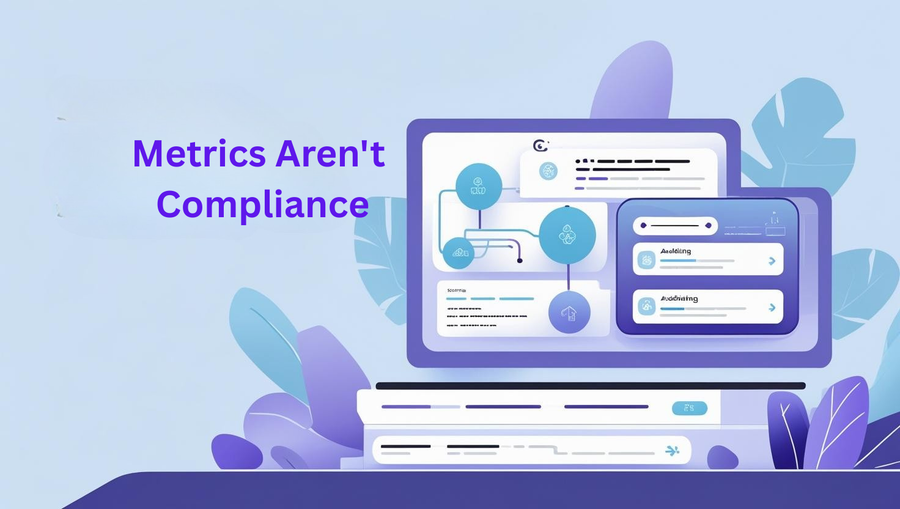MLOps: The Key to Scaling AI Governance
As artificial intelligence (AI) adoption accelerates, enterprises face increasing challenges in governing AI systems, ensuring compliance, and mitigating risks. Without proper governance, AI models can become biased, non-compliant, or vulnerable to security threats. This is where MLOps (Machine Learning Operations) plays a crucial role.
MLOps provides a structured framework for managing AI models throughout their lifecycle, from development to deployment and monitoring, while ensuring compliance with regulatory frameworks like the EU AI Act, NIST AI RMF, and ISO 42001. In this guide, we explore how MLOps enhances AI governance, compliance, and risk management.
1. What is MLOps?
MLOps is a set of practices that combine machine learning (ML), DevOps, and AI governance to streamline AI development, deployment, and monitoring.
Key Components of MLOps
✅ Model Development & Experimentation – Managing AI model training, testing, and validation.
✅ Model Deployment & Monitoring – Automating AI deployment with real-time tracking.
✅ AI Risk & Bias Mitigation – Implementing fairness audits and security controls.
✅ Regulatory Compliance & Governance – Aligning AI models with NIST AI RMF, the EU AI Act, and ISO standards.
🔹 Example: A financial institution using MLOps ensures its AI-driven loan approval system remains compliant with Fair Lending Laws by integrating bias detection tools into the pipeline.
2. Why MLOps is Essential for AI Governance
🔹 Ensuring Regulatory Compliance & AI Accountability
AI governance requires strict adherence to regulations, such as: ✅ EU AI Act – Requires transparency, bias audits, and risk assessments for high-risk AI models.
✅ NIST AI RMF – Provides a risk management framework for AI governance.
✅ ISO 42001 – Establishes AI management system standards for compliance.
🔹 Example: A healthcare company uses MLOps pipelines to track AI model decisions, ensuring compliance with HIPAA & GDPR.
🔹 Mitigating AI Bias & Ethical Risks
AI models can inadvertently introduce bias, leading to unfair and discriminatory outcomes. MLOps enables: ✅ Automated Bias Detection – AI fairness tools like IBM AI Fairness 360 to detect bias before deployment.
✅ Human-in-the-Loop (HITL) Validation – Ensuring human oversight in high-risk AI decisions.
✅ Continuous Model Audits – Regular performance and fairness checks to prevent unintended bias shifts.
🔹 Example: A hiring AI system undergoing MLOps-driven bias audits detects and mitigates age-related discrimination in candidate selection.
🔹 Enhancing AI Security & Risk Management
MLOps provides security mechanisms to protect AI models from adversarial attacks, data poisoning, and unauthorized modifications. ✅ Model Versioning & Explainability Logs – Tracking model changes for compliance audits.
✅ Adversarial Testing – Stress-testing AI models against cybersecurity threats.
✅ Real-Time AI Monitoring – AI drift detection tools to ensure consistent performance.
🔹 Example: A cybersecurity AI system uses MLOps to detect adversarial attacks, preventing malicious data poisoning attempts.
3. How MLOps Supports AI Governance at Different Lifecycle Stages
Step 1: AI Model Development & Experimentation
✅ Data Governance & Compliance – Ensuring datasets meet regulatory requirements.
✅ Model Explainability & Transparency – Using interpretable AI models where required.
✅ Bias & Fairness Testing – Validating models for ethical concerns before deployment.
🔹 Example: A financial institution ensures its AI-driven credit scoring models remain transparent and explainable to regulators.
Step 2: AI Model Deployment & Monitoring
✅ Automated Deployment Pipelines – Ensuring models are tested and validated before production use.
✅ AI Drift & Performance Monitoring – Real-time tracking to prevent model degradation.
✅ Compliance Audits & Logging – Recording AI decision-making for regulatory reporting.
🔹 Example: A healthcare provider deploys an AI diagnostic system with built-in MLOps governance to monitor patient outcome disparities.
Step 3: AI Model Retraining & Continuous Improvement
✅ AI Model Drift Detection – Automating alerts for performance deterioration.
✅ Regulatory Updates Integration – Ensuring compliance with evolving AI laws.
✅ Model Retraining Workflows – Keeping AI models updated with fresh, unbiased data.
🔹 Example: An e-commerce AI recommendation engine uses MLOps-driven retraining pipelines to adapt to seasonal shopping trends.
4. The Future of MLOps in AI Compliance & Governance
🔹 AI Governance Automation – Enterprises will integrate AI-powered compliance monitoring.
🔹 Stronger AI Regulations – Governments will require more transparent MLOps processes.
🔹 Ethical AI Frameworks – MLOps will include ethical AI monitoring tools as a standard.
🔹 Example: The EU AI Act is expected to mandate real-time MLOps monitoring for high-risk AI applications.
Final Thoughts: MLOps is a Must-Have for AI Governance
AI without governance is a compliance and ethical liability. MLOps is not just about scaling AI operations—it’s about making AI systems accountable, secure, and fair. By integrating MLOps with AI governance frameworks, organizations can ensure compliance, mitigate bias, and build trust in AI-driven decisions.

